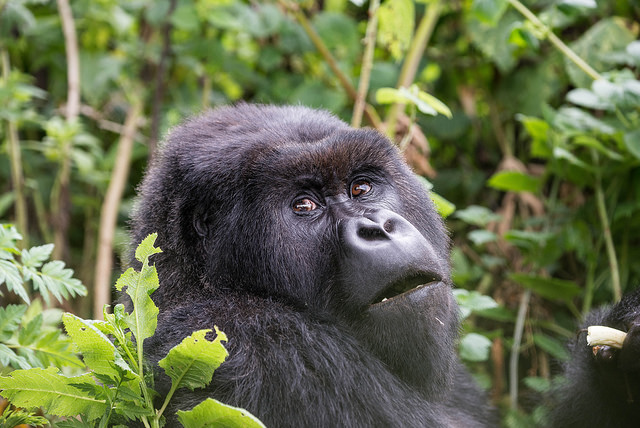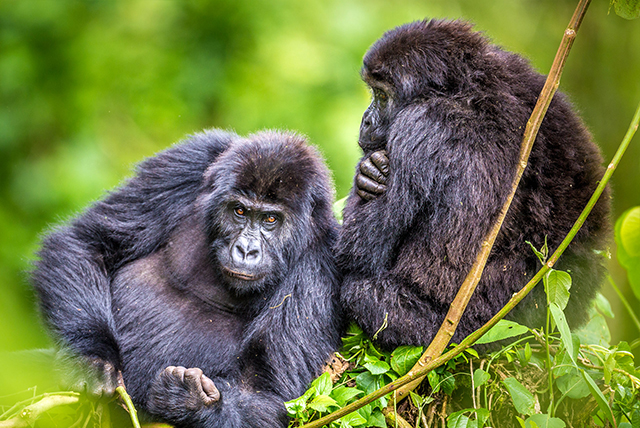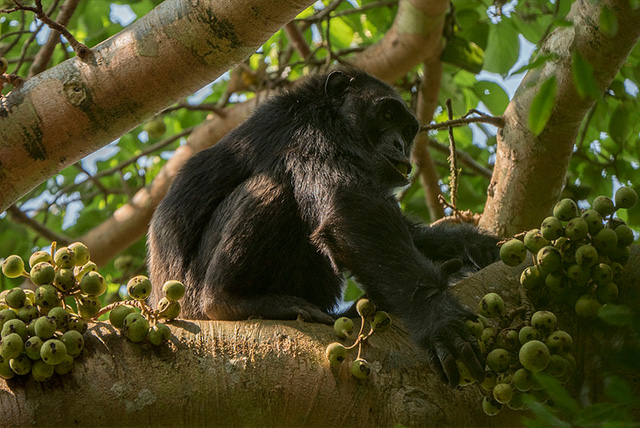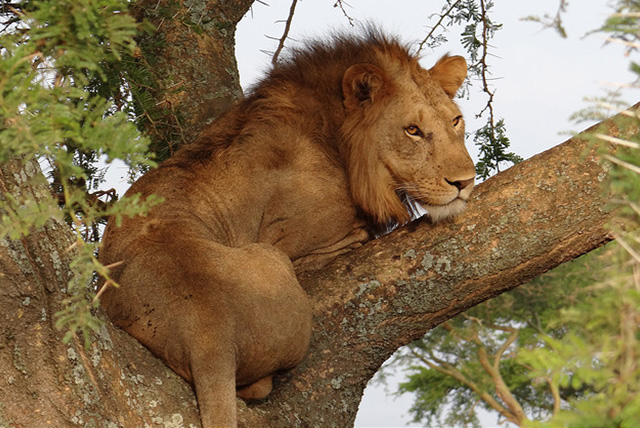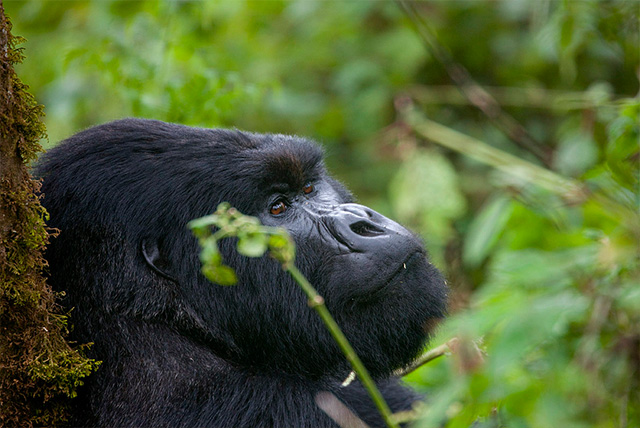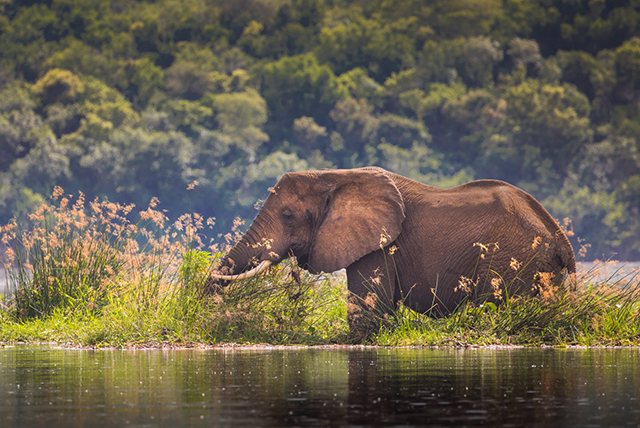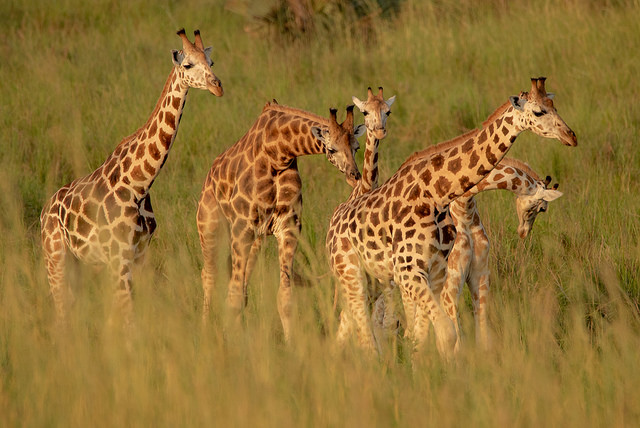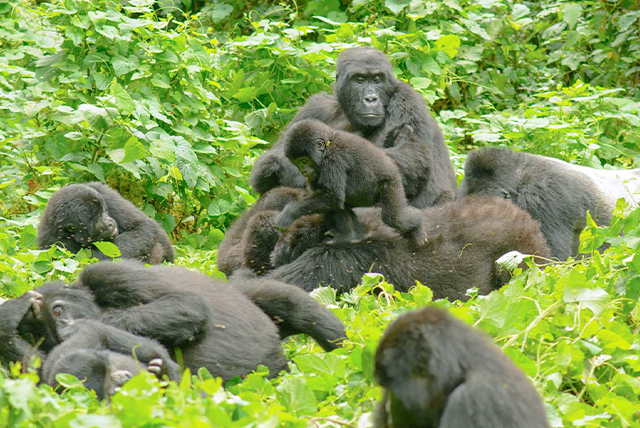Lake Victoria
Lake Victoria: Insights, Depth, Dimensions, Excursions, Which Nation
Lake Victoria: Discover its fascinating facts, impressive depth, vast size, thrilling fishing safaris, and the countries it spans – Kenya, Tanzania, Uganda. Exciting activities await at Lake Victoria.
Facts about Lake Victoria: Three countries—Uganda, Tanzania, and Kenya—come together at the shores of Lake Victoria. It holds the title of the second-largest freshwater lake globally and is the largest tropical lake on the planet. To the north of the lake, a glimpse of the Equator awaits. Reaching a maximum depth of 80 meters, this expanse is relatively shallow and spans an impressive area of 68,800 square kilometers [km²]. The basin is a vibrant realm inhabited by over 30 million individuals.
The swift increase in population, the removal of native plants along the coastlines, a booming fish-export sector, the arrival of non-native flora and fauna, the explosive rise of algae, the release of untreated waste by numerous industries and communities, and the loss of nearly half of its fish species (originally home to 400 types of cichlids) have all significantly impacted the ecological well-being of Lake Victoria.
The introduction of the Nile perch to the lake, intended to boost fish populations, has led to the extinction of many native fish species. Much of the damage is significant and irreparable. The age-old lifestyles in lakeside towns are facing significant changes and are gradually fading away. The environmental community is united in their belief that the lake will transform into a barren wasteland unless swift measures are implemented to safeguard it.
Lake Victoria faces numerous challenges, such as nutrient overload, rising fertilizer use, and the invasive water hyacinth. The water hyacinth is a rapidly expanding aquatic plant, thriving in its environment. It has now spread rapidly after being introduced to Africa in the early 20th century as a captivating shrub. In the late 1990s, water hyacinth dramatically impacted fish populations in Lake Victoria by de-oxygenating the water, blocking the lake’s inflows and outflows, and disrupting fishing and transportation activities on the lake. OSIENALA explored the spread of water hyacinth and advocated for its effective management.
Lake Victoria is home to a diverse array of animals. The Lake Victoria region is home to a variety of mammalian species. Among these are the magnificent otter shrew, the agile marsh mongoose, and the impressive hippopotamus.
Alongside a variety of crustaceans, featuring four species of freshwater crab, this place also hosts reptiles such as the Nile crocodile and the African helmeted turtle.
The haplochromine cichlid stands out as the most plentiful native fish species in Lake Victoria, a vibrant ecosystem teeming with over 200 unique varieties. Scientists forecast a staggering 80% drop in the population of native fish species in Lake Victoria over the last fifty years, with numerous others disappearing entirely.
Intriguing Species
The notorious Nile perch is merely one of the numerous invasive species that inhabit Lake Victoria. Upstream of Murchison Falls, the colonial administration brought in the Nile perch in 1954, aiming to boost the fisheries of Lake Victoria.
The Nile perch has been making its mark on Lake Victoria’s ecosystem, stirring up its fragile balance for decades.
Algae flourished as the number of fish that feasted on them dramatically dwindled. The ongoing breakdown of additional debris in the lake’s depths led to a drop in oxygen levels, prompting fish to venture into the shallower regions for safety.
Environmental Challenges
The future of Lake Victoria faces challenges from pollution, overfishing, and the spread of water hyacinth.
Another significant issue is the widespread occurrence of unsustainable practices within the basin. Scientists report that the watershed area has already experienced a loss of over 70% of its forest cover.
Lake Victoria Expedition: Activities to Experience at Lake Victoria
Is swimming in Lake Victoria a thrilling experience?
Some residents and tourists take the plunge into Lake Victoria’s off-limits areas, despite the legal risks involved, embracing the thrill of the unknown. Sadly, drowning contributes significantly to the estimated 5,000 annual fatalities on Lake Victoria, as reported by local authorities.
Moreover, parasitic flatworms pose the threat of bilharzia (schistosomiasis), a disease found in tropical regions.
Ngamba Island Chimpanzee Sanctuary is a place brimming with excitement and exploration.
Ngamba Island, a popular destination in Lake Victoria, lies approximately 27 kilometers southeast of Entebbe. Fifty chimpanzees, saved from different places in East Africa, are thriving under the attentive care of Ngamba Island Chimpanzee Sanctuary.
The Chimpanzee Trust, a dedicated nonprofit organization, manages the sanctuary and strives to secure the future of chimpanzees by offering them a safe refuge when they can no longer thrive in their natural habitats.
Visitors eager to explore the world of chimpanzees can enjoy an overnight stay at Ngamba Ecolodge and choose from half-day or full-day excursions to the sanctuary.
Ssese Islands Kalangala
Nestled in the northwest of Lake Victoria, the Ssese Islands are a captivating treasure featuring untouched beaches and shimmering turquoise waters. No daring explorer in search of a hidden paradise should overlook this unique collection of 84 islands.
Bugala, the most populated of the Ssese Islands, beckons with its easy accessibility via ferry from Entebbe. Bugala offers an exciting array of activities like quad biking, fishing, and birdwatching, among others.
Banda Island exudes a charming simplicity, and its isolation adds to its allure. Escape the hustle and bustle and relish tranquil walks along the shore while immersing yourself in the stunning beauty of your idyllic surroundings.
Shoebills of Mabamba Swamp
This marshland offers an incredible opportunity to observe a variety of birds, nestled along the northern shore of Lake Victoria. The enigmatic Shoebill is among the over 300 bird species that inhabit Mabamba.
Prepare for an exhilarating experience while birding in Mabamba. A local guide will take you on an exhilarating canoe ride through the winding waterways, sharing captivating insights about the region’s flora and fauna while pointing out the best spots for photography.
Watching Shoebills is most rewarding at dawn, when other remarkable birds like the African marsh harrier are also likely to make an appearance.
The Uganda Wildlife Education Center is a place brimming with excitement and exploration.
Animals that cannot thrive in the wild discover a haven at “Entebbe Zoo,” a refuge for those in need. This journey is sure to captivate any animal lover, unfolding along the stunning shores of Lake Victoria.
The zoo is an exciting destination where you can discover a variety of animals, from playful chimpanzees to majestic lions that watch over their territory.
To discover how the center cares for its animals, you should embark on the “behind the scenes” tour. On this journey, guests can experience the thrill of being close to lions and elephants.


